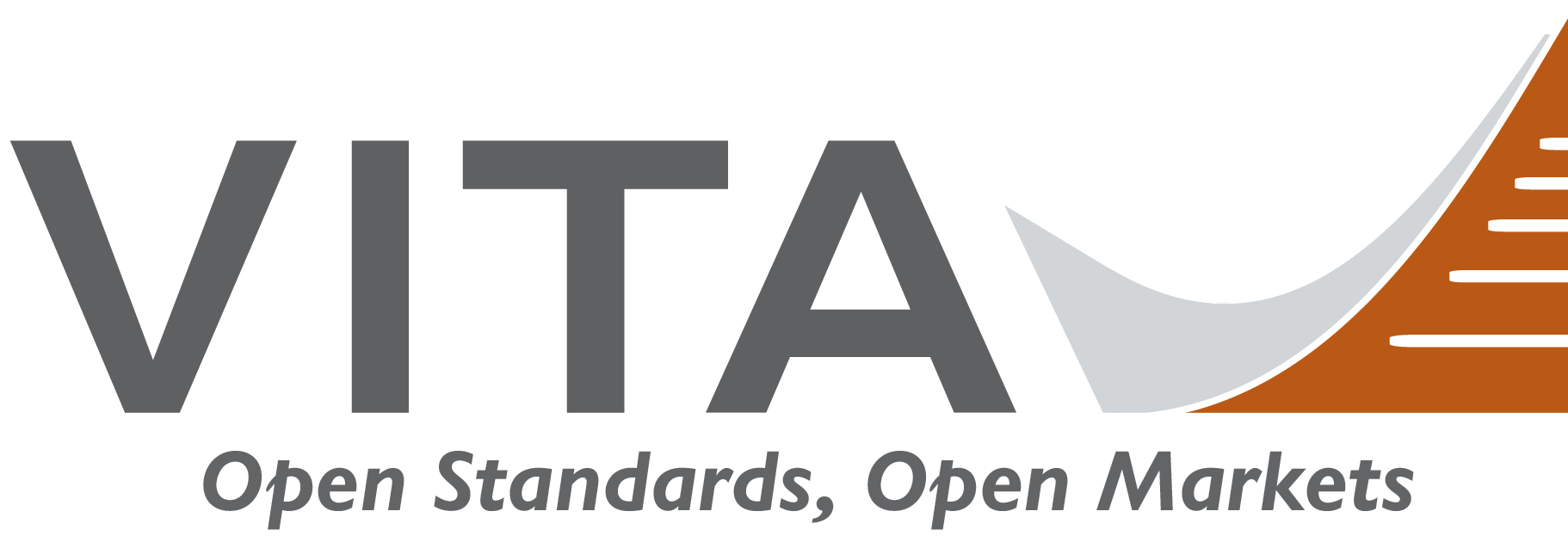Vi-ta [vee-tuh] | Critical Embedded Systems are everywhere . . . Become a leader in setting new directions! |
VITA PERSONAS
As VITA grows in innovations and ideas, we look to those participants actively engaged in our organization to provide insights and feedback on how to best shape our standards into the future. Our VITA Personas segment highlights those who are making contributions to our community and helping shape today’s VITA standards.
This critical aspect of our ecosystem is what keeps our organization vibrant and our standards relevant. If you know someone with embedded computing experience who may want to share their view on being a part of VITA, drop us a note at content@vita.com.
|
